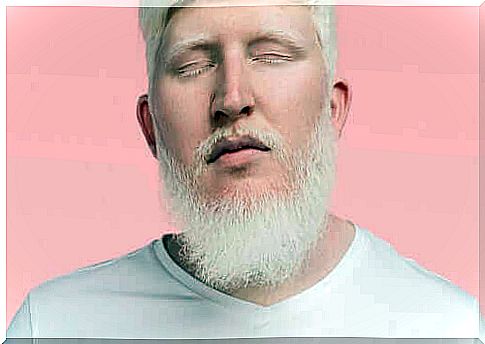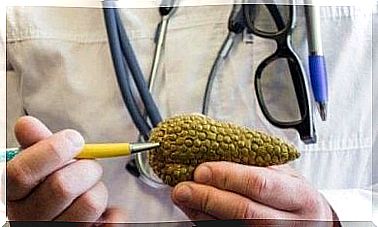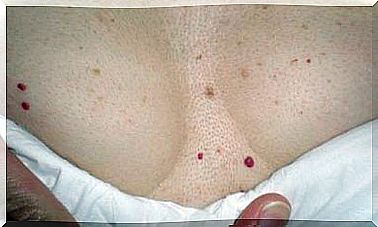What Is Albinism?

Albinism is a rare disease caused by a disorder in the formation of melanin pigment. This disease affects the eyes, hair and hair follicles, and the skin. It can also affect the central nervous system. Read on to find out more about what albinism is!
There is not just one form of this disease, but there are many types. Because of the genetic diversity of all of humanity, not all people with albinism experience the same symptoms, and in addition, the severity of the symptoms can vary greatly from individual to individual. The only feature common to all people with albinism is the absence or lack of pigment in different parts of the body.
Different types of albinism
As we have already mentioned, there are many types of this space. They can be divided into two main types: oculocutaneous albinism (OCA) and ocular albinism (OA). This classification is based on where and to what extent the amount of pigment is reduced or completely absent: in the skin, hair, hair and / or eyes.
In the first type, as can be deduced from the name “oculocutaneous,” the amount of pigment in the patient is reduced or completely absent in the skin, hair, and eyes. In the second type, the pigment is reduced or absent only from the eyes.
These two main types can in turn be divided into several subtypes depending on the gene that causes albinism. Oculocutaneous albinism is more common than ocular albinism, and has four subtypes, but also other, rarer and more complex forms: Hermansky-Pudlak syndrome (HPS) and Chédiak-Higashi syndrome.

Let’s take a closer look at what albinism is and look next at the four subtypes of oculocutaneous albinism:
Type I
This type of albinism is due to the lack of the enzyme tyrosinase. This enzyme is responsible for directing the steps of melanin synthesis.
Type II
About 50% of cases of oculocutaneous albinism are of this type. The origin of type II is in mutations in the P gene. The function of the protein encoding this gene is still unknown, but experts believe it may play a role in regulating the pH of cellular organs and the accumulation of glutathione in vacuoles, or cell vesicles. In this type of albinism, on the other hand, tyrosinase works properly.
Type III
This type only occurs in dark-skinned people. It is caused by mutations in the gene that encodes a protein associated with tyrosinase 1 and whose product is important in the synthesis of eumelanin. This compound is most common in melanin and gives color to the skin, hair and eyes.
Type IV
This is a very rare form of albinism. In this case, the dysfunction is in the gene that encodes the protein that carries the cell membrane involved in tyrosinase treatment. In addition, it affects the process by which proteins are transported to melanosomes. Melasomes are melanin-containing cellular organs. Interestingly, this is the most common type of oculocutaneous albinism in Japan.










